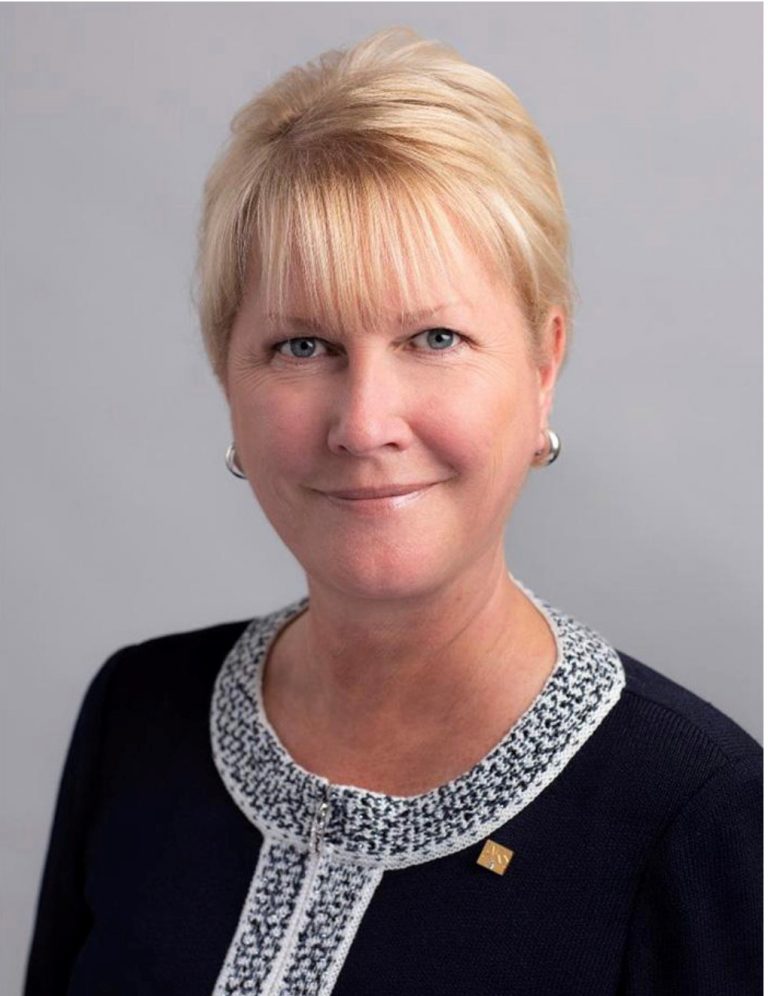History of Rotary

Rotary is a global network of 1.4 million neighbors, friends, leaders, and problem-solvers who see a world where people unite and take action to create lasting change – across the globe, in our communities, and in ourselves.
Solving real problems takes real commitment and vision. For more than 110 years, Rotary's people of action have used their passion, energy, and intelligence to take action on sustainable projects. From literacy and peace to water and health, we are always working to better our world, and we stay committed to the end.
"Whatever Rotary may mean to us, to the world it will be known by the results it achieves."
Paul Harris
Rotary founder

Rotary started with the vision of one man — Paul Harris.
The Chicago attorney formed the Rotary Club of Chicago on 23 February 1905, so professionals with diverse backgrounds could exchange ideas and form meaningful, lifelong friendships.
Over time, Rotary’s reach and vision gradually extended to humanitarian service. Members have a long track record of addressing challenges in their communities and around the world.

The FOUR WAY TEST
Of the things we think, say or do
-
Is it the TRUTH?
-
Is it FAIR to all concerned?
-
Will it build GOODWILL and BETTER FRIENDSHIPS?
-
Will it be BENEFICIAL to all concerned?
As Rotarians, we should have The Four-Way Test in mind in every decision we make, all day long. Our utmost responsibility is to speak the truth, to be fair, to build goodwill and better friendships, and to do our very best in all situations.

WOMEN IN ROTARY
Women are active participants in Rotary, serving their communities in increasing numbers and serving in leadership positions in Rotary. The 1989 Council on Legislation vote to admit women into Rotary clubs worldwide remains a watershed moment in the history of Rotary.
“My fellow delegates, I would like to remind you that the world of 1989 is very different to the world of 1905. I sincerely believe that Rotary has to adapt itself to a changing world,” said Frank J. Devlyn, who would go on to become RI president in 2000-01.
The vote followed the decades-long efforts of men and women from all over the Rotary world to allow the admission of women into Rotary clubs, and several close votes at previous Council meetings.
The response to the decision was overwhelming: By June 1990, the number of female Rotarians had skyrocketed to over 20,000. The number of women members worldwide reached 195,000 in July 2010 (about 16% of Rotarians) and surpassed 277,000 in July 2020 (about 23% ).
A top priority for Rotary is growing and diversifying our membership to make sure we reflect the communities we serve. We know that our capacity to increase our impact and expand our reach is larger when more people unite with us, which is why we value diversity, equity and inclusion. Rotary celebrates and welcomes the contributions of people of all backgrounds, regardless of their age, ethnicity, race, color, abilities, religion, socioeconomic status, culture, sex, sexual orientation, and gender identity. Gone is 'the old boys club' of yesteryear. Rotary is for EVERYONE!
Our ongoing commitment
Rotary members have not only been present for major events in history — we’ve also been a part of them. Three key traits have remained strong throughout our history:
We’re truly international. Only 16 years after being founded, Rotary had clubs on six continents. Today, members in nearly every country work to solve some of our world’s most challenging problems.
We persevere in tough times. During World War II, Rotary clubs in Austria, Germany, Italy, Japan, and Spain were forced to disband. Despite the risks, many continued to meet informally, and after the war, Rotary members came together to rebuild their clubs and their countries.
We’re committed to service, and we’re not afraid to dream big and set bold goals. We began our fight against polio in 1979 with a project to immunize 6 million children in the Philippines. As of 2022 polio remains endemic in only three countries — down from 125 in 1988.
.png)












